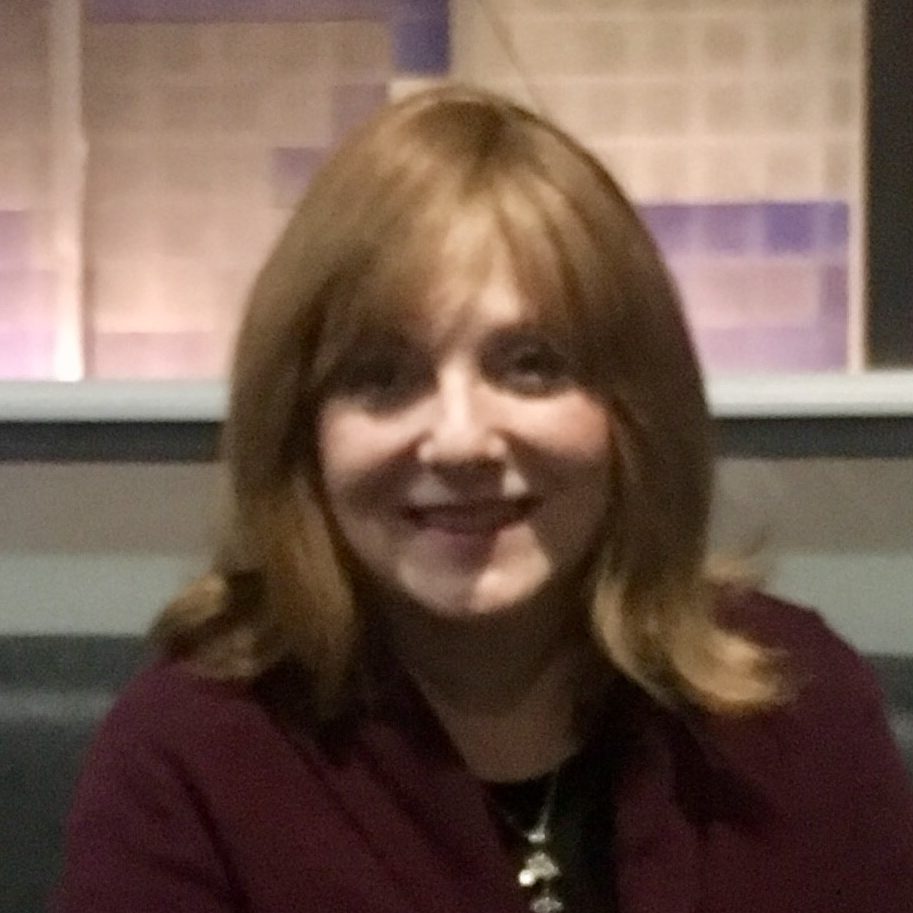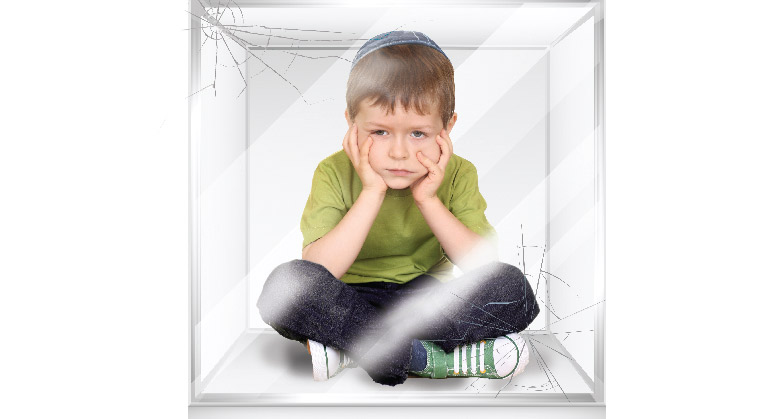Breaking the Autism Barrier


Helping children with autism improve their communication and social skills is key to enabling them to eventually integrate into broader society. To help children acquire these skills, Reach for the Stars uses the applied behavioral analysis (ABA) approach to intervention, which is data and evidence-based.
It was a graduation day not to be forgotten. With tears rolling down her cheeks, Sara watched her ten-year-old, Avraham,* sitting beside the podium, his little face beaming. He was surrounded by family, friends, and teachers — all those special people who encompassed his inner and outer world, and who were enthusiastically cheering him on. There was much to celebrate.
This milestone was no mean feat for a young man who had exhibited severe autistic characteristics since infancy. Sara chokes up recalling that period of her life. She was a young mother with an infant who by all standards was not developing typically. “He lay in his bassinet limp and unresponsive. He didn’t make eye contact or babble. It was as if we didn’t exist.”
Matters didn’t improve with age. Avraham couldn’t talk, and he exhibited repetitive behaviors: He fixated on objects, picked up and threw away items repeatedly, and refused to eat. He existed in his own space, alienated from his body and his family. The wider world made little sense to Avraham — yet he desperately wanted to be part of it.
By the time Avraham was two, he was still unresponsive: He didn’t say any words, barely walked, and threw frequent tantrums. His parents were not surprised when he received a formal diagnosis of autism spectrum disorder (ASD), a neurodevelopmental disorder that impacts children’s communication, social interactions, and language, and is associated with repetitive behaviors.
When Avraham was three, his parents enrolled him in the newly established Reach for the Stars Learning Center, a developmental center for children on the autism spectrum. Sara says that she was taken aback by how many parents within her community shared her struggles.
These high numbers shouldn’t have surprised her. The prevelance of ASD has been rising steadily for years — and shows no signs of abating. Twenty years ago, one in 88 children worldwide fell within the spectrum; the number has now escalated to an astounding one in 58, according to the Center for Disease Control and Prevention. ASD remains the second most prevalent neurodevelopmental disorder among children, more common among males, although the reason for this discrepancy remains unknown. (Some researchers speculate that girls with ASD may be less likely to receive the diagnosis that they need, as clinicians may think of the disorder as a predominantly male one.)
Seven years after entering Reach for the Stars, Avraham graduated; he was socially and academically ready to move on to a more typical yeshivah, albeit one for children with special needs.
Today, at 16, Avraham’s well on his way toward becoming independent and a contributing member of the frum community. “He’s a happy, loving child,” Sara says. “He’s very social, has tons of friends, and loves them and his family.”
Early Does It
Sara’s association with Reach for the Stars did more than connect her to an active support group — she says it saved her child’s life. Sara was fortunate that the school opened when Avraham was very young and his brain more pliable. Research clearly indicates that early interventions can make considerable differences in children’s long-term prognosis.
Some children diagnosed with high-functioning autism have even stopped exhibiting symptoms of autism and shed their diagnosis after participating in intensive early interventions, although the percentage of these children remains low. Some newly established programs are making great strides in this direction, with a study showing that toddlers between the ages of 12 and 24 months who participated in a two-year program of intensive behavioral and developmental interventions showed significant improvement in IQ and language abilities, as well as fewer autism symptoms, such as repetitive behaviors.
(Excerpted from Family First, Issue 606)
Oops! We could not locate your form.







